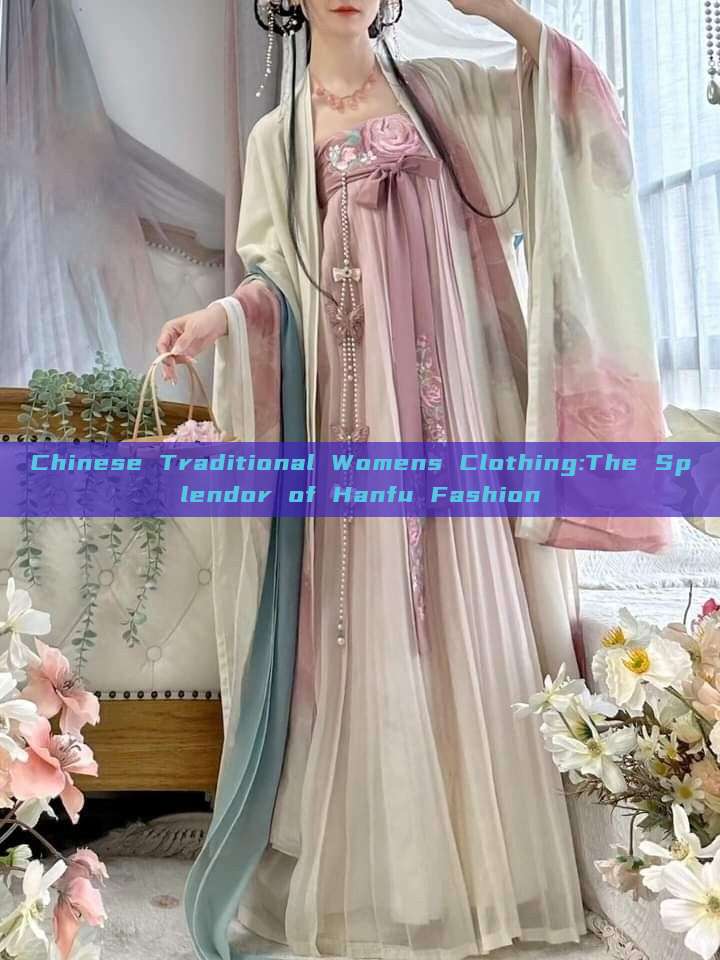In the vast tapestry of Chinese history and culture, the traditional clothing of Chinese women, known as Hanfu, stands out as a vibrant symbol of beauty and elegance. This article delves into the rich history and intricate designs of Hanfu, highlighting its enduring influence on modern fashion and cultural identity.

The origins of Hanfu can be traced back to the Han dynasty (206 BC – 8 AD), when it was worn by both men and women as a symbol of status and dignity. Over the centuries, Hanfu evolved to reflect different historical periods and regional styles, embodying the essence of Chinese aesthetics and craftsmanship.
The design of Hanfu is intricate and complex, featuring elements such as intricate patterns, vibrant colors, and exquisite embroidery. These designs often incorporate traditional themes like flowers, birds, clouds, and mountains, symbolizing beauty, harmony, and good fortune. The use of rich materials like silk and brocade, along with meticulous craftsmanship, makes Hanfu a truly remarkable piece of clothing.
Women's Hanfu is particularly noteworthy for its variety and versatility. There are different styles and designs tailored to different occasions and age groups. For instance, wedding Hanfu is often adorned with intricate embroidery and bright colors, symbolizing prosperity and happiness. Youthful women might prefer more vibrant and youthful designs, while older women might opt for more classic and elegant styles.
The beauty of Hanfu lies not only in its intricate designs but also in its adaptability to modern fashion. In recent years, Hanfu has made a comeback in modern Chinese fashion, with designers incorporating elements of traditional Hanfu into contemporary designs. This fusion of traditional and modern elements creates a unique style that appeals to both traditionalists and modern fashion enthusiasts.
Moreover, Hanfu has become a powerful symbol of cultural identity for many Chinese people. It is not just a piece of clothing; it is a way to express one's cultural heritage and pride. Wearing Hanfu at cultural events and festivals not only showcases the beauty of traditional Chinese culture but also fosters a sense of community and belonging.
The influence of Hanfu has also extended beyond China's borders. In recent years, there has been a growing interest in traditional Chinese culture worldwide, and Hanfu has become a focal point of this interest. Many foreigners are fascinated by the beauty and uniqueness of Hanfu and have started wearing it as a way to express their admiration for Chinese culture.
In conclusion, Hanfu, the traditional clothing of Chinese women, is not just a piece of clothing; it is a rich tapestry of history, culture, and fashion. Its intricate designs, vibrant colors, and adaptability to modern fashion make it a true testament to the beauty and elegance of Chinese culture. Moreover, Hanfu serves as a powerful symbol of cultural identity for many Chinese people, fostering a sense of community and belonging. As we look towards the future, we can expect Hanfu to continue evolving and inspiring new generations to embrace their cultural heritage and pride.







